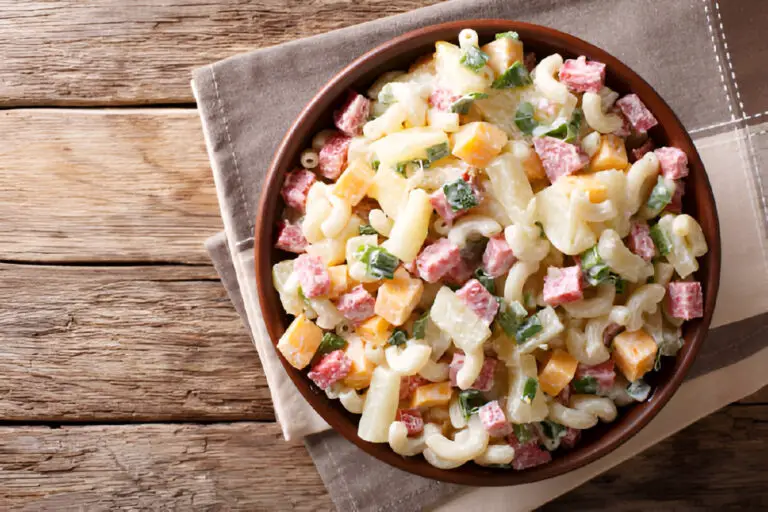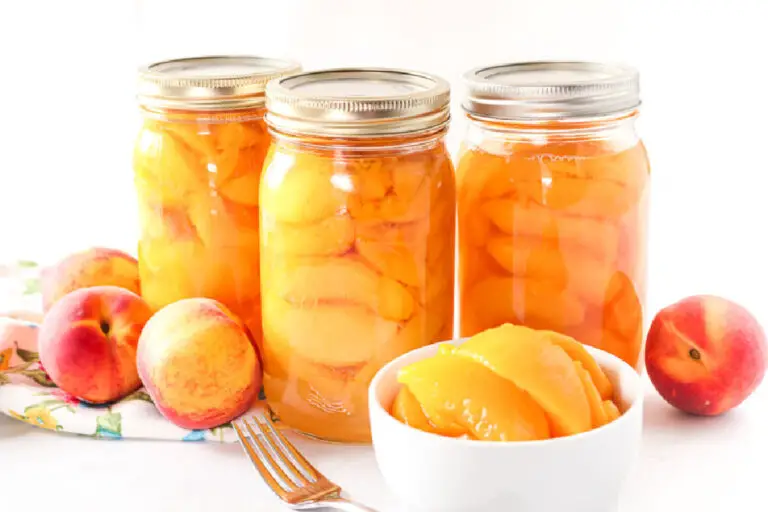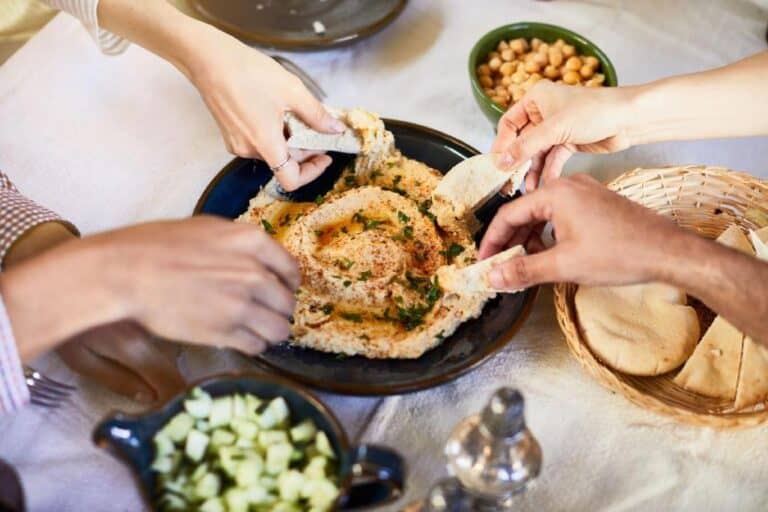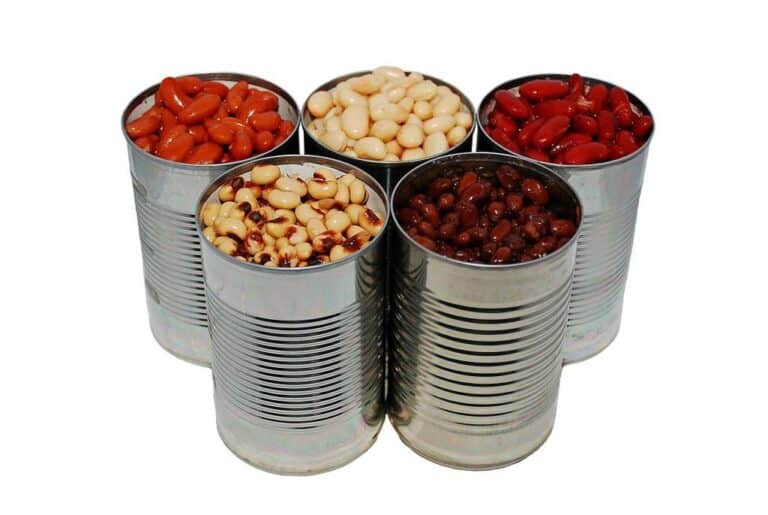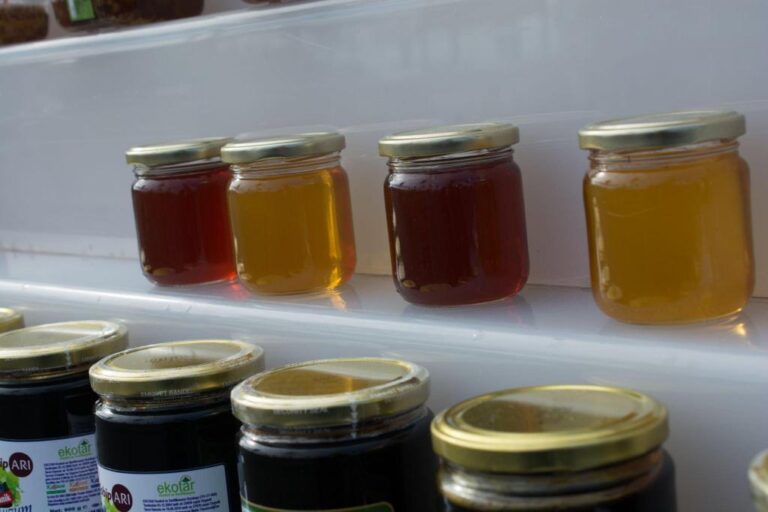Can You Eat Thin Rhubarb Stalks Raw? Does It Need To Be Cooked?

Rhubarb is a plant that is beloved by many for its tart and tangy flavor, as well as its versatility in the kitchen. From pies to jams, rhubarb is a popular ingredient in a variety of sweet and savory dishes. But what about eating rhubarb raw? Can you enjoy this vegetable in its natural state, or does it need to be cooked first? And if you can eat rhubarb raw, are there any risks or drawbacks to doing so?
In this article, we will explore the topic of eating thin rhubarb stalks raw, as well as the question of whether or not they need to be cooked. We’ll take a closer look at the nutritional value of raw rhubarb, as well as some tasty ways to enjoy it in its natural state.
Whether you’re a seasoned rhubarb lover or just curious about this unique vegetable, you won’t want to miss this informative and engaging article!
Overview of Rhubarb Stalks
Rhubarb is a unique plant that is widely used in cooking and baking. It is a perennial vegetable that is typically harvested in the spring and early summer, and its stalks are the edible part of the plant. Rhubarb is known for its tart and slightly sour flavor, and it is often paired with sweet fruits or sugar to balance out its taste.
Rhubarb stalks come in different sizes and thicknesses, ranging from thin to thick. Thin rhubarb stalks are typically less than an inch in diameter, while thick stalks can be over two inches in diameter. The thickness of the stalk does not necessarily affect its taste or nutritional value, but it can impact the cooking time and texture of the stalk.
When cooked properly, rhubarb can be a healthy and flavorful addition to many meals and desserts.
Nutritional Value of Rhubarb Stalks
Rhubarb stalks are not only a tasty addition to many meals and desserts, but they are also packed with essential vitamins and minerals. One of the key nutrients found in rhubarb is vitamin K, which plays a critical role in bone health and blood clotting. Just one cup of diced rhubarb contains over a third of the recommended daily intake of vitamin K.
Additionally, rhubarb is an excellent source of vitamin C, which is important for immune system function and skin health.
Rhubarb is also a good source of several important minerals. It is high in calcium, which is essential for strong bones and teeth, and it also contains potassium, which helps regulate blood pressure and supports heart health.
Rhubarb is also a rich source of dietary fiber, which can help promote healthy digestion and reduce the risk of certain diseases like heart disease and diabetes.
Interestingly, the color of the rhubarb stalks can affect their nutritional value. Some rhubarb varieties have a higher concentration of anthocyanins, potent antioxidants that can help shield the body from harm caused by free radicals. This bright red color is a sign of this.
However, even the green rhubarb stalks contain a range of beneficial nutrients, so it is important to include them in your diet as well. Overall, rhubarb is a low-calorie vegetable that is rich in important vitamins and minerals, making it a healthy and nutritious addition to any diet.
How to Choose Rhubarb?
When selecting rhubarb, look for crisp stalks that are firm and tender to the touch. These stalks should be easy to bend without snapping and should feel heavy for their size. In general, the thinner the stalk, the more tender it will be, so consider choosing thinner stalks if you plan on eating the rhubarb raw or in dishes that require a more delicate texture.
On the other hand, you should avoid rhubarb stalks that look wilted, feel woody, or are very thick. Wilted stalks are a sign that the rhubarb has not been properly stored or has been sitting out for too long. Woody stalks can be tough and difficult to chew, while very thick stalks may have a more fibrous texture that is less desirable for cooking.
When shopping for rhubarb, it is also a good idea to look for vibrant, deep red stalks. These stalks tend to have a sweeter flavor and can be a sign of a healthy, well-grown plant. While some varieties of rhubarb may have lighter or greenish stalks, these may be less desirable for cooking and may have a more sour or bitter taste.
Why Are Some Rhubarb So Thin and Spindly?
If you have noticed that your rhubarb stalks are thin and spindly, it may be an indication of a problem with the plant’s growth. Spindly stalks are a common sign of too little food, and often indicate too little moisture as well. This can be particularly true if your rhubarb is competing for water and nutrients with other deep-rooted plants, such as a tree.
Fortunately, there is a quick solution to this problem. One of the easiest ways to improve the growth of your rhubarb plant is to mulch it with a thick layer of well-rotted compost or good-quality multi-purpose compost. Mulching in the fall can help retain moisture in the soil, while also providing valuable nutrients to the plant.
When mulching your rhubarb, it is important to ensure that you apply a thick layer of compost to the soil around the base of the plant. This will help to protect the roots and promote healthy growth. You might also want to put a layer of straw or some other organic material on top of the compost to help keep the soil moist.
Overall, if you have noticed that your rhubarb stalks are thin and spindly, it may be a sign that the plant is not receiving enough food or moisture. Mulching with compost is an easy and effective way to promote healthy growth and ensure that your rhubarb produces thick, juicy stalks that are perfect for cooking and baking.
Can You Eat Thin Rhubarb Stalks Raw?
Many people are familiar with cooking rhubarb in pies, tarts, and crumbles, some may wonder whether it is safe to eat raw. The answer to this question depends on the thickness of the stalks; thin rhubarb stalks can be eaten raw, while thicker stalks are best cooked.
Thin rhubarb stalks are often tender enough to be eaten raw. However, it is important to remember that the flavor of raw rhubarb can be quite tart and tangy. To balance this acidity, many people choose to dip thin rhubarb stalks in sugar or honey before eating them raw.
If you are interested in incorporating raw rhubarb into your diet, there are many creative ways to enjoy it. Thin rhubarb stalks can be sliced thinly and added to salads, used as a garnish for cocktails, or even juiced to make a refreshing drink. Alternatively, you can try dipping raw rhubarb stalks in a variety of dips, such as hummus or tzatziki, for a healthy and delicious snack.
Do Rhubarb Stalks Need To Be Cooked?
One question that often arises is whether rhubarb stalks need to be cooked before they can be eaten. The answer is not straightforward, as it depends on personal preference and the intended use of the rhubarb.
While rhubarb stalks can be eaten raw, they are extremely tart and sour, which can be unpleasant for some people. Cooking the rhubarb can help to mellow out the flavor and make it more palatable. Additionally, cooking rhubarb helps to break down the tough fibers in the stalks, making them easier to chew and digest. For those who prefer a softer texture, cooking the rhubarb is the way to go.
However, there are some instances where raw rhubarb may be preferred. For example, thinly sliced raw rhubarb can add a refreshing and tart element to salads or slaws. It can also be blended into smoothies or juices for a healthy and flavorful drink. When using raw rhubarb, it is important to remove the leaves and wash the stalks thoroughly, as rhubarb leaves are poisonous and stalks can contain traces of toxic oxalic acid.
FAQ
How should I prepare rhubarb stalks before eating them raw?
It’s important to remove the leaves and wash the stalks thoroughly before consuming them raw.
Can I add raw rhubarb to my smoothie or juice?
Yes, raw rhubarb can be blended into smoothies or juices for a refreshing and healthy drink.
How can I make raw rhubarb more palatable?
If you find raw rhubarb too tart and sour, you can try slicing it thinly and adding it to salads or slaws. You can also dip the stalks in sugar or honey to balance out the flavor.

